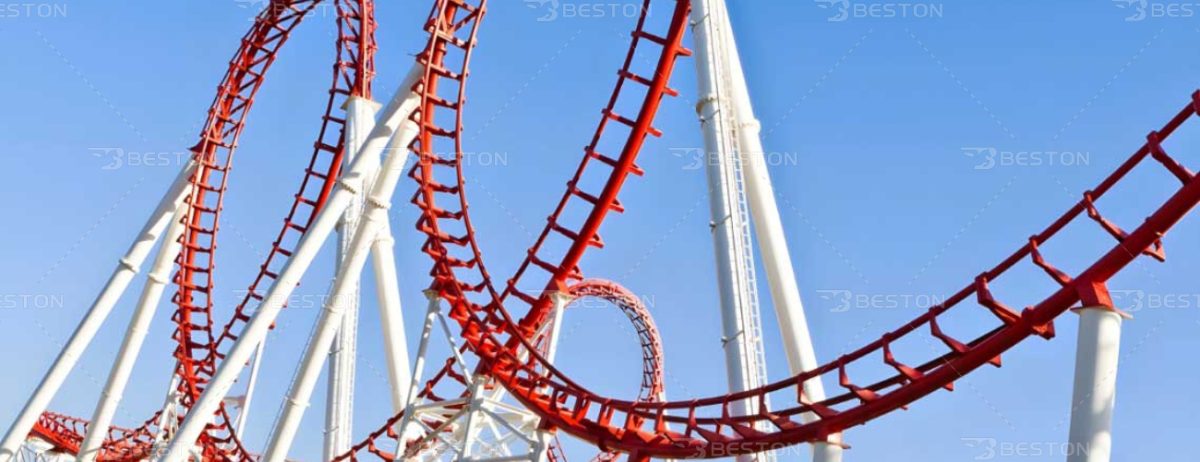As global leisure trends shift toward immersive, tech-driven engagement, the amusement industry faces a defining challenge: how to consistently elevate the rider experience while maximizing operational efficiency. Innovation is no longer a novelty—it is a necessity. From adaptive ride systems to data-integrated maintenance protocols, today’s amusement environments are engineered for thrill, safety, and profitability.
Engineering Evolution: How Manufacturers Drive Change
At the core of this transformation lies the forward-thinking amusement equipment manufacturer. These firms are no longer just fabricators of metal and fiberglass—they are multidimensional solution providers combining mechanical engineering, digital intelligence, and thematic design. Modern production incorporates CNC precision, modular construction techniques, and sustainability-focused practices, enabling quicker prototyping and customizable configurations.
In high-stakes attractions like roller coasters, innovation extends to both structural composition and ride dynamics. Using lighter composite materials and magnetic propulsion systems, designers can now push ride speeds and inversion angles without proportionally increasing the roller coaster cost. Additionally, real-time digital twins simulate ride performance under various loads and weather conditions, allowing adjustments before a single bolt is installed. This proactive methodology optimizes both capital investment and lifecycle value.
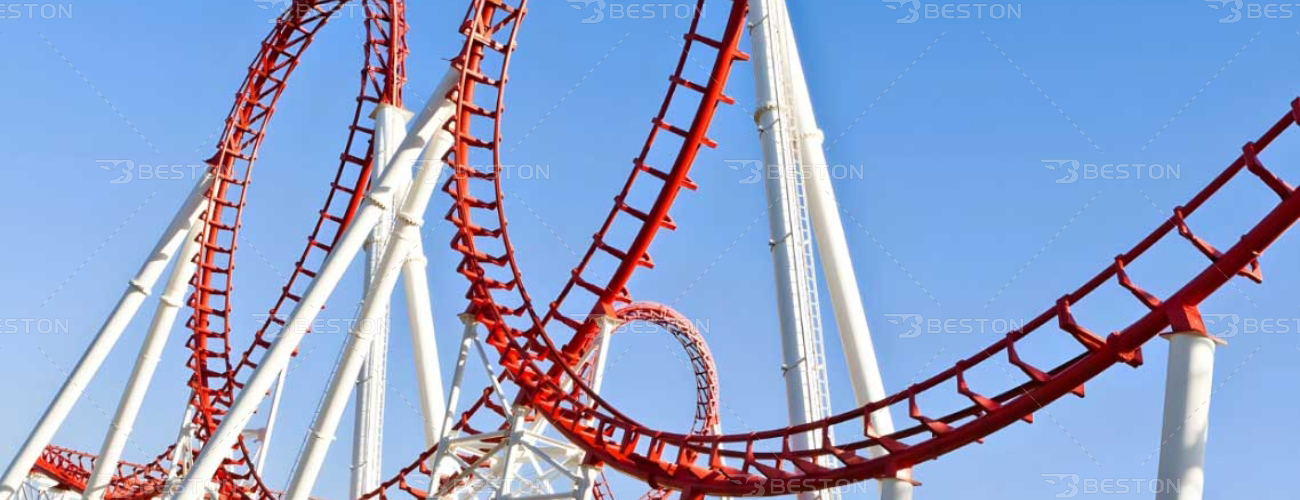
Enhancing Engagement Through Next-Generation Rides
Beyond construction, the sensory envelope of each ride is being redefined. Dynamic lighting arrays, synchronized sound systems, and responsive motion platforms now synchronize with passenger movement and biometric cues, delivering customized thrills. The pendulum amusement ride—long popular for its dramatic arc swings—is now benefiting from gyroscopic upgrades and kinetic energy regeneration modules, reducing energy consumption while intensifying the sensation of weightlessness.
Equally, traditional favorites like the pirate ship carnival ride are undergoing functional reinvention. Embedded storytelling elements, projection mapping, and haptic feedback systems enhance immersion while retaining their nostalgic charm. Operators can now choose between hydraulic and pneumatic propulsion systems based on terrain, climate, and power grid compatibility, offering improved uptime across diverse deployment environments.
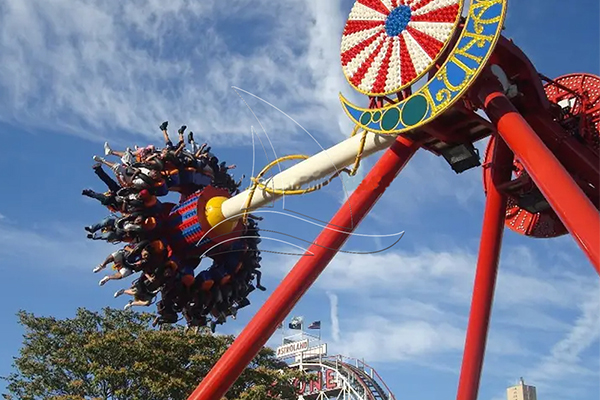
Digital Integration: From Ride to Ecosystem
Cutting-edge innovation isn’t limited to the ride structure. Ecosystem-wide digital integration is driving a revolution in operational intelligence. With IoT-enabled sensors embedded throughout rides, operators gain immediate insight into component stress levels, weather resistance, and passenger throughput. Predictive maintenance platforms use this data to anticipate failures before they occur, drastically reducing unscheduled downtime.
Queue management is another area experiencing disruption. Virtual queuing systems integrated with mobile apps and facial recognition technology allow guests to reserve ride time slots, receive live updates, and even access personalized music or visual effects during the ride. This not only enhances visitor satisfaction but also increases per-capita revenue as guests spend more time in retail or food zones instead of standing in line.
Safety and Compliance Innovation
Safety remains paramount. Advanced restraint systems now employ adaptive pressure sensors that adjust to each rider’s physical profile in milliseconds. Real-time monitoring ensures that deviations—such as improper seating or excess centrifugal force—trigger automatic ride shutdowns or operator alerts. For rides with extreme motion profiles, such as pendulum swings or multi-inversion roller coasters, gyroscopic stabilization and AI-assisted balance calculations ensure precision movement within regulatory limits while avoiding excessive strain that could increase long-term roller coaster cost due to frequent repairs or part replacements.
Compliance protocols are also evolving. Digital certification logs and inspection drones automate the auditing process, reducing the administrative burden on operators while maintaining a verifiable safety record. Cloud-based documentation platforms allow inspectors, insurance agents, and manufacturers to access and update records simultaneously, ensuring alignment across all stakeholders.
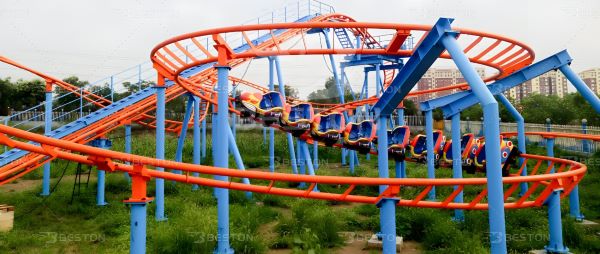
Personalization and Thematic Flexibility
In today’s experience economy, thematic flexibility and personalization drive repeat visitation. Amusement parks are increasingly investing in modular ride skins—interchangeable decorative panels, lighting presets, and soundtrack libraries—enabling them to refresh ride themes seasonally or in partnership with popular media franchises. This approach extends the marketability of a single ride platform across multiple marketing campaigns and cultural events.
For example, a pirate ship carnival ride can shift from a swashbuckling high-seas adventure to a cosmic voyage through modular overlays and synchronized projections. Similarly, pendulum attractions can feature mood-responsive lighting or narrative arcs tied to specific holidays or audience demographics.
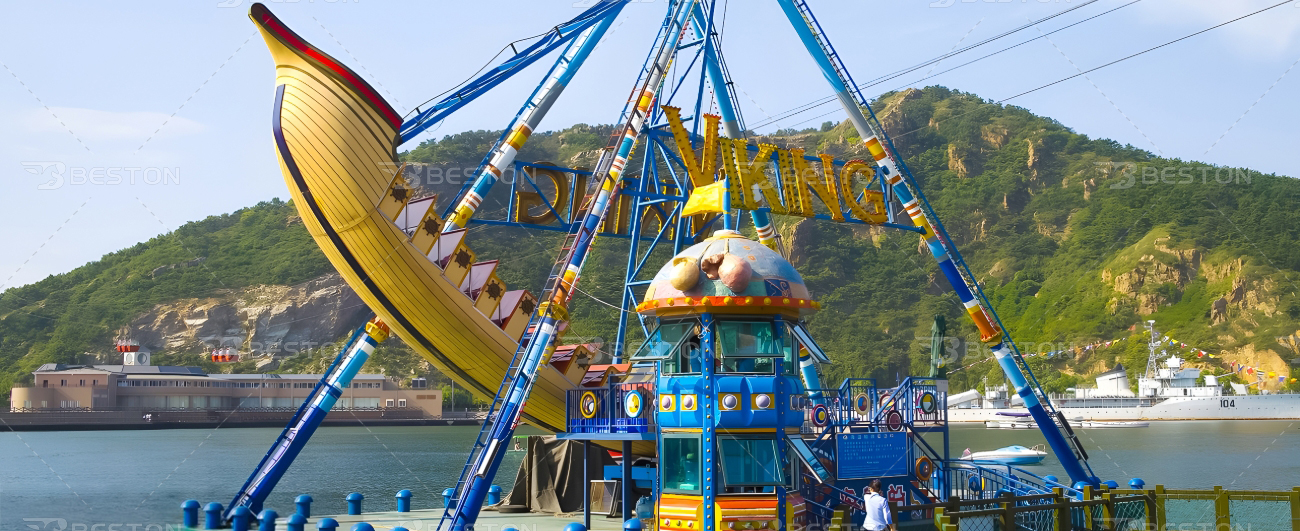
Environmental Considerations and Green Engineering
Sustainability is no longer a peripheral concern. Many amusement equipment manufacturers now pursue ISO 14001 certifications and invest in carbon-neutral production facilities. Renewable energy integration—such as solar-assisted ride charging or regenerative braking systems—is increasingly common. Additionally, water-based cooling systems and biodegradable hydraulic fluids reduce environmental impact during daily operations.
Waste reduction strategies are being built into the equipment lifecycle. For example, end-of-life ride components are now designed for disassembly and recycling. Steel parts are re-smelted, plastics are ground and repurposed, and obsolete electronics are returned to suppliers through take-back programs. This circular model ensures not only regulatory compliance but also enhances a park’s reputation for environmental stewardship.
Conclusion: Rides That Think, Adapt, and Inspire
Innovation in the amusement industry is no longer defined by ride height or speed alone. Today, it’s about intelligent systems that learn, adapt, and interact. From sophisticated pendulum ride mechanics to immersive upgrades for legacy attractions like the pirate ship, amusement equipment continues to push the boundaries of what is technically possible and experientially meaningful.
In an increasingly competitive global market, the most successful parks will be those that invest in scalable, smart, and sustainable amusement equipment—designed not just for thrill, but for longevity, adaptability, and operational excellence.

